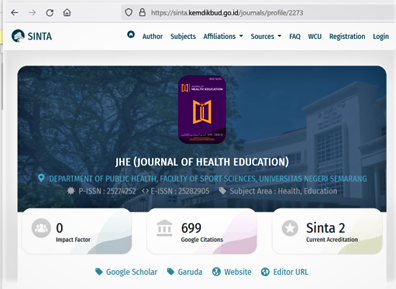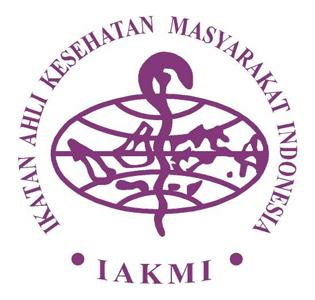Analysis of Obedience Tuberculosis Patients to Prevent Drug Resistance in Sukoharjo District
Abstract
Background: Succes rate of tuberculosis treatment decrease become 85%. Positive suspect proportion compare with all cases in Sukoharjo district to 2016 has not decrease significantly . Increasing case caused by treatment adherence where important in succesfull recovery of tuberculosis. According to Minister Health of Indonesia, success rate of recovery was decrease. The factors behind the adherence to treatment are numerous, but many are characterized by behaviors such as health trust behavior. The Behavior of the Health Belief Model consists of perceived susceptibility, severity, benefits and barriers. This study is to explain the relationship of Health Belief Model to tuberculosis treatment adherence
Methods: Method use in this research was an observational quantitative study with cross sectional approach. 100 respondents as the sample was taken using simple random sampling method, which was taken randomly from patients who were taking tuberculosis treatment at 12 Sukoharjo Primary Health Care in 2017. Data collection was done with face to face interview. Data analysis was done with bivariate analysis to explain the relationship between the factors of Health Belief Model to the adherence of tuberculosis treatment.
Result : Report Results show from 100 respondents, 57% were categorized as non-adherent in treatment. Based on the four behaviors of the Health Belief Model factor, there was a significant relationship between perceived susceptibility (p = 0.005), perceived severity (p = 0.013), and perceived benefit (p = 0.013) with treatment adherence. While the perceived barrier factor did not correlate significantly (p = 0.446).
Conclusion : Conclusion from research is patients who treated tuberculosis in Sukoharjo had low adherence levels (43%). Non-adherence was still associated with susceptibility, severity, and perceived benefits of treatment, whereas from the side of the barrier there is no problem because tuberculosis drug is provided free of charge.






